Seeking a non-toxic and cost-effective method to tackle the frustrating issue of bed bugs? You’re in the right place. Diatomaceous earth (DE) offers a safe, affordable, and efficient solution to this common household pest problem, avoiding the need for expensive heat treatments or hazardous chemicals.
Bed bugs, with their knack for hiding and rapid reproduction, present a significant challenge in eradication efforts. As someone who has experience with bed bugs, I’ve gained firsthand experience in utilizing DE effectively against these resilient pests.
This article aims to guide you through the process, from preparation to application, ensuring you tackle the issue head-on.
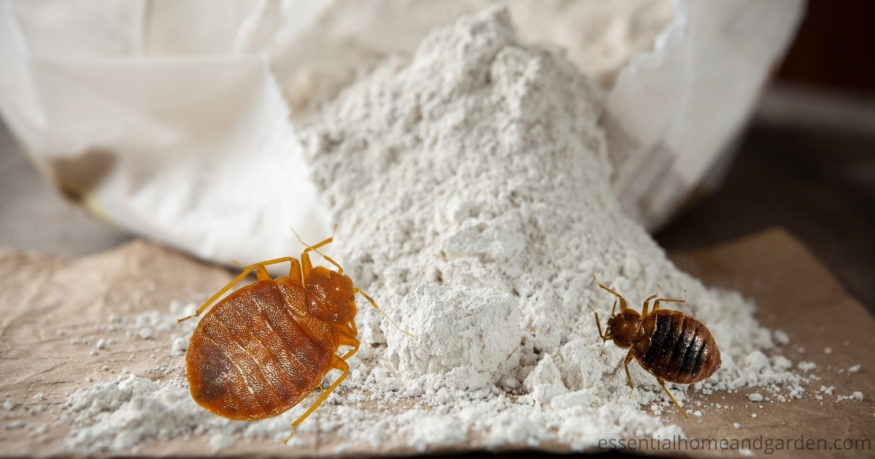
What is Diatomaceous Earth
Diatomaceous earth (DE) is a fine white powder made up of fossilized diatom shells. Diatoms can be found around the world living in oceans, waterways, and soil. When the shells of these microscopic algae become fossilized, they form tiny silica crystals that have a number of uses around the home.
One of the best uses of DE is in pest control. The silica crystals found in the white powder destroy the waxy protective layer on insects’ exoskeleton.
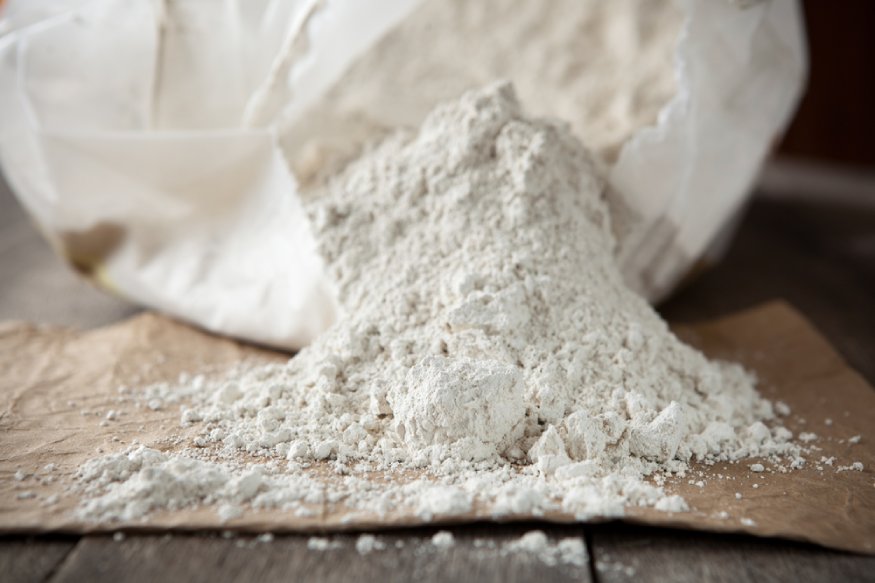
Info: When bugs are exposed to DE, the powder not only dehydrates them from the outside but effectively stabs through their protective shell to pull water from the inside.
Bed bugs are one of many types of insects that DE is effective against.
You can also use DE to kill fleas and ticks, protect plants against garden pests, and kill spiders.
DE Safety Info
While DE is highly effective in killing bugs, it is very safe for humans and animals. That is, assuming you use the right kind and employ a few safety measures.
When buying DE for use in the home, always purchase food-grade diatomaceous earth. This type of DE contains a lower crystalline silica count and is much less dangerous if inhaled than filter-grade DE.
Info: Food-grade DE is safe to handle, put on your pets, and even safe to eat.
Still, we recommend using a filter mask and gloves when spreading DE to protect your lungs and skin from getting too dried out from repeated contact.
How To Use Diatomaceous Earth To Get Rid of Bed Bugs
If you’ve discovered bed bugs in your home, it’s well worth trying DE eradication before investing in a more costly or toxic approach.
This method requires a number of steps and some time to complete, but it can be highly effective. Plus, DE is 100% natural, safe for the whole family, and fairly inexpensive.
DE only affects adult bed bugs, so this is no immediate fix—the process takes a couple of weeks in order to break the life-cycle. DE can be used alone or in conjunction with other natural bed bug eradication techniques.
For more information on these other methods, check out our guide on how to get rid of bed bugs..
Step 1: Steam Clean
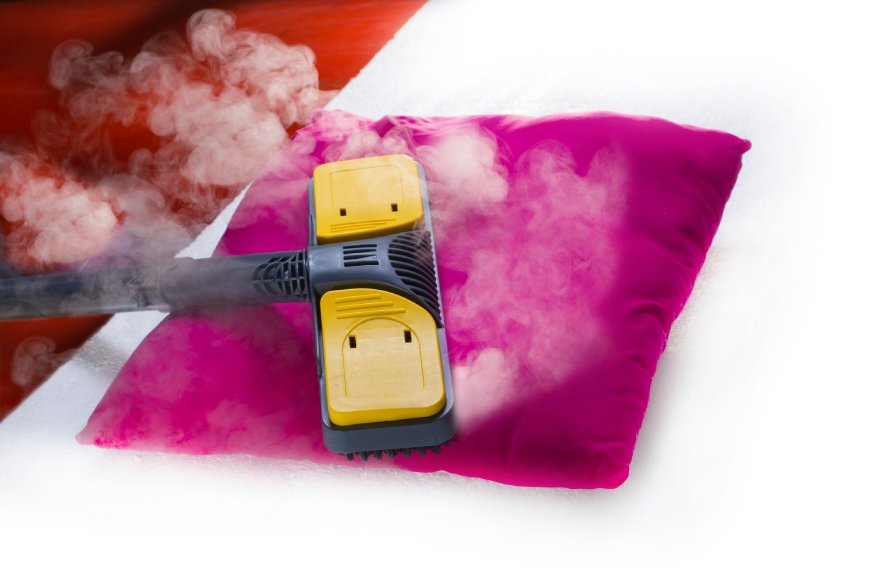
Temperatures in excess of 130ºF will kill bed bugs after a few hours.
By steam cleaning your carpets, furniture, and other infested items that cannot be tossed in the washer, you can greatly reduce your bed bug numbers. And the fewer bed bugs left to kill, the faster the process will go.
Step 2: Wash Your Fabrics
To kill bed bugs and their eggs, fabrics need to be washed at 140 degrees or more.
Load your washer with your infected sheets, blankets, and linens and dial the machine to its highest temperature setting. You’ll also want to use the longest cycle you can to increase the likelihood of eradicating all the bugs.
If possible, tumble dry all of the fabrics on high heat, afterward.
Store the washed fabrics in sealed containers or plastic bags.
Step 3: Vacuum Everything
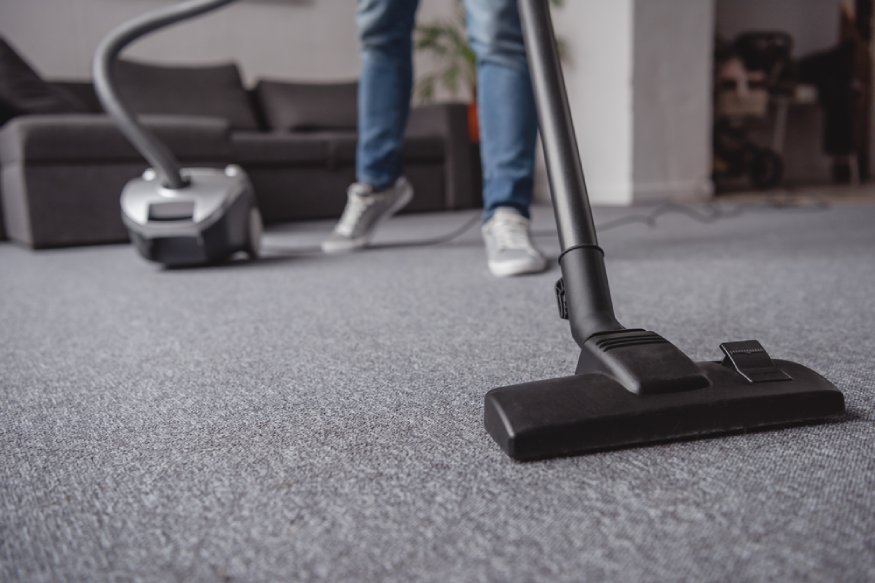
Thoroughly vacuum your carpets, using a carpet cleaner if possible.
Dismantle your furniture if possible and pay attention to seams and crevices.
Use the hose attachment to get into tight spots.
Step 4: Apply Diatomaceous Earth
Using an applicator, apply DE to areas where you suspect the nasty critters are hanging out.
Focus along moldings; in drawers, cracks and crevices; behind appliances; windowsills and around door frames.
It’s worth unscrewing electrical faceplates and puffing DE behind electrical switches and outlets.
Cover furniture and mattresses with a fine layer, and work into the crevices with your hands.
Step 5: The Big Clean Up
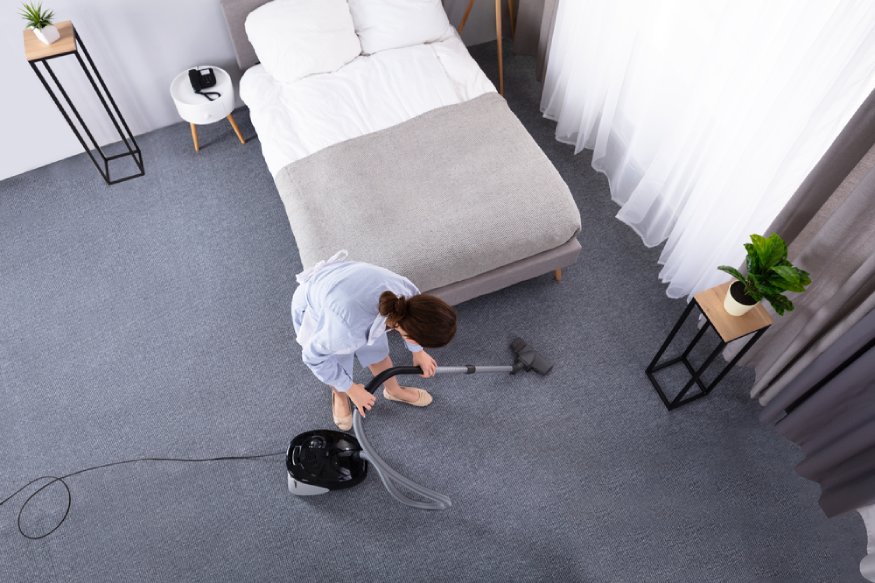
Leave the DE for as long as you can stand.
It might make your house look like it’s been taken over by The Addams Family, but it’s worth it. Hey… It could be great for a Halloween party?
DE can kill bugs in 3 hours. But it will take some time for the whole population to become exposed and to break the breeding cycle.
After a couple of weeks follow these tips to effectively clean up your diatomaceous earth.
- Wear a dust mask
- Vacuum up everything you can but don’t use your standard home vacuum (it can damage the motor) – use a HEPA vac or a shop vac.
- Use a wet towel or mop where you can’t vacuum – you want to avoid getting too much of the dust airborne
If Required – Repeat!
In order for DE to be effective, all bed bugs in the house must come into contact with the white powder. If you miss a key location, or a few bugs just get lucky, you’ll likely need to repeat the process.
Note: Missing even a single pregnant bed bug can lead to reinfestation in just a few short months.
Luckily, each time you treat, the number of bed bugs will drop significantly. And if you’re thorough and stick with it, it is completely possible to eradicate bed bugs using the process outlined above.
FAQ
How long can you leave DE down for bed bugs?
There is no upper limit for how long you can leave DE down to control bed bugs or other insects. But the minimum time for it to be effective is 3 to 4 weeks.
Bed bugs come out to feed once every 5 to 10 days. But eggs and juvenile bed bugs are not affected by DE, which means you need to leave the powder down long enough to allow any eggs to hatch and grow into adults. This takes about 3 weeks.
Once a bed bug encounters DE, it will die within 3 to 48 hours.
Can I sleep with diatomaceous earth on my bed?
Food-grade diatomaceous earth is safe to handle and sleep on. However, this substance can be drying and may irritate the eyes and nose, especially after repeated exposure.
We recommend dusting your mattress with DE, then using a mattress protector to lock bed bugs in. Place clean, heat-treated sheets over the mattress protector for sleeping. Launder these frequently in hot water to keep stray bed bugs from making their home inside them.
Alternatively, you can treat your home with DE and then leave for about a month. Not only will this give the DE time to work without it being disturbed by the home’s occupants, but it will prevent the bed bugs from feeding. Without a blood meal, these bugs cannot lay eggs which means the life cycle cannot repeat.
Can I sprinkle diatomaceous earth on carpet?
Yes, you can sprinkle DE on carpet and just about any other surface that won’t be damaged by a powder.
Be sure to work the DE into the fibers of the carpet so it gets all the way down to the floor where the bugs are likely to be hiding. DE can also be sprinkled on furniture, mattresses, clothing, pet beds, hard flooring, and in cracks and crevices.
Avoid putting DE on or near electronics and items that cannot be easily vacuumed or wiped down.
Time and Patience are Key
When it comes to using DE to eradicate bed bugs, a little patience and a lot of time are key to your success.
By purchasing food-grade DE and following our method above to safely treat your home, you can be bed bug free in as little as three weeks. But don’t get discouraged if it takes a little longer.
Repeated treatments may be necessary to kill bed bugs missed the first time around. As long as you stick with the process and are thorough in each application, you will win the bed bug battle soon enough.
Still have questions about how to use diatomaceous earth for bed bugs? Post your comments below and we’ll be happy to help.